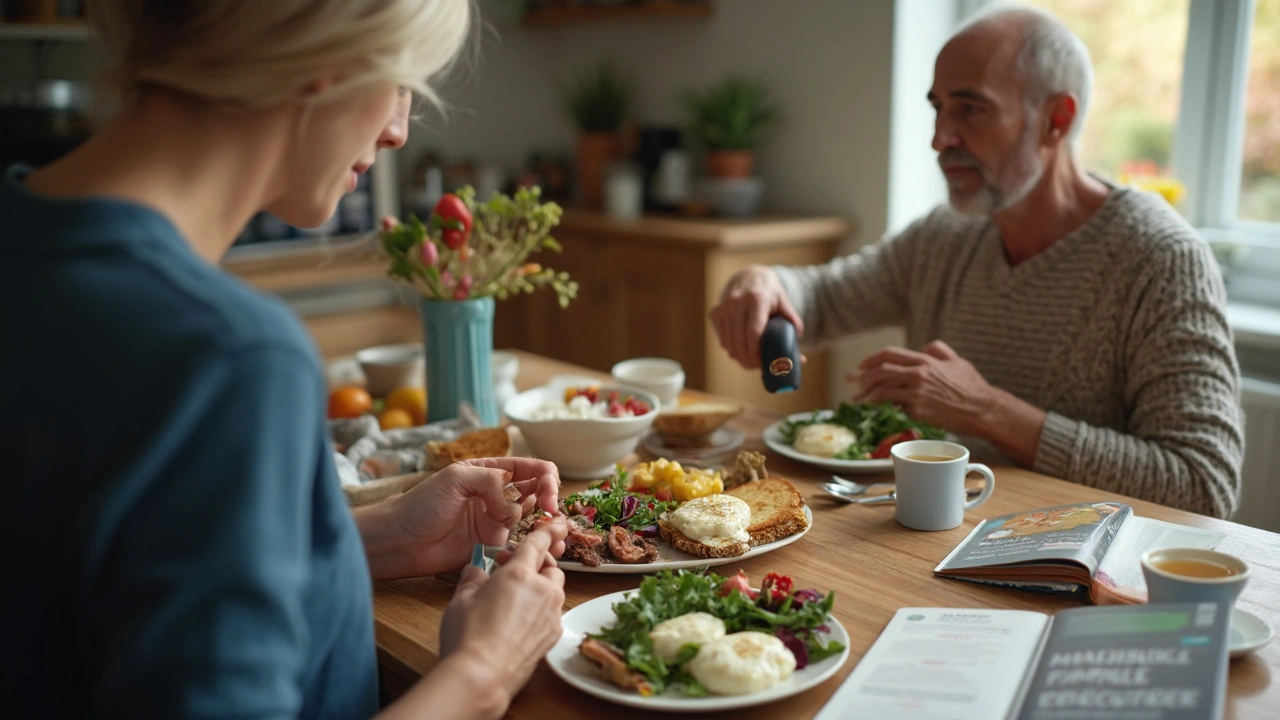Vitamin K and Warfarin: What Every Patient Should Know
Warfarin is a powerful blood thinner that keeps clots from forming. It works by blocking the way your liver uses vitamin K, a nutrient vital for clotting. When you eat a lot of vitamin K, it can cancel out warfarin’s effect and raise your risk of clots. Eat too little, and your blood might get too thin, leading to bleeding. Balancing the two is all about consistency.
Why Vitamin K Matters for Warfarin
Vitamin K tells your body to make clotting proteins. Warfarin slows that process, so your International Normalized Ratio (INR) stays in a safe range, usually 2‑3 for most conditions. A sudden jump in vitamin K intake can cause your INR to drop below target, making the medication less effective. The opposite happens if you cut vitamin K dramatically – your INR climbs and you could start bleeding.
Practical Tips to Keep Your INR Stable
Know Your high‑vitamin K foods. Leafy greens like kale, spinach, broccoli, and Brussels sprouts are packed with the nutrient. A single cup of cooked kale can contain the same amount of vitamin K as a whole vitamin K supplement.
Stick to a regular eating pattern. If you love spinach, keep eating roughly the same amount each week. Sudden changes are what throw the INR off. Small variations are okay; just avoid big swings.
Check your INR often when you change your diet. If you decide to add a new supplement or drastically cut greens, ask your doctor to test the INR a few days later. That way you can adjust the warfarin dose before any problem shows up.
Talk to your healthcare team before taking supplements. Many over‑the‑counter vitamins contain hidden vitamin K. A multivitamin labeled “bone health” often has it. Let your pharmacist know you’re on warfarin.
Use food tracking tools. A simple notebook or phone app can help you see how much leafy veg you eat each week. Over time you’ll spot patterns that affect your INR.
Remember, you don’t have to give up green veggies – they’re good for you. The goal is consistency, not avoidance. If you’re unsure how a particular food fits into your plan, ask your doctor or a dietitian who knows about blood thinners.
Staying on warfarin isn’t a mystery. Keep an eye on vitamin K, keep your diet steady, and keep your INR checks regular. Follow these steps and you’ll reduce the back‑and‑forth adjustments that can make managing warfarin stressful.
How to Balance Blood Sugar and INR: Warfarin and Diabetes Meal Planning Tips
Balancing blood sugar and INR can feel like solving a puzzle, especially for people managing diabetes and taking warfarin. This article breaks down how meal planning, knowing what you eat, and checking your blood sugar at the right time make a huge difference. You'll get clear advice on working vitamin K into your diet without throwing off your INR, plus real-life tips for daily routines with both warfarin and diabetes. Stick around for practical, no-nonsense guidance and human stories—no medical textbooks, just simple, actionable help.
Learn more...